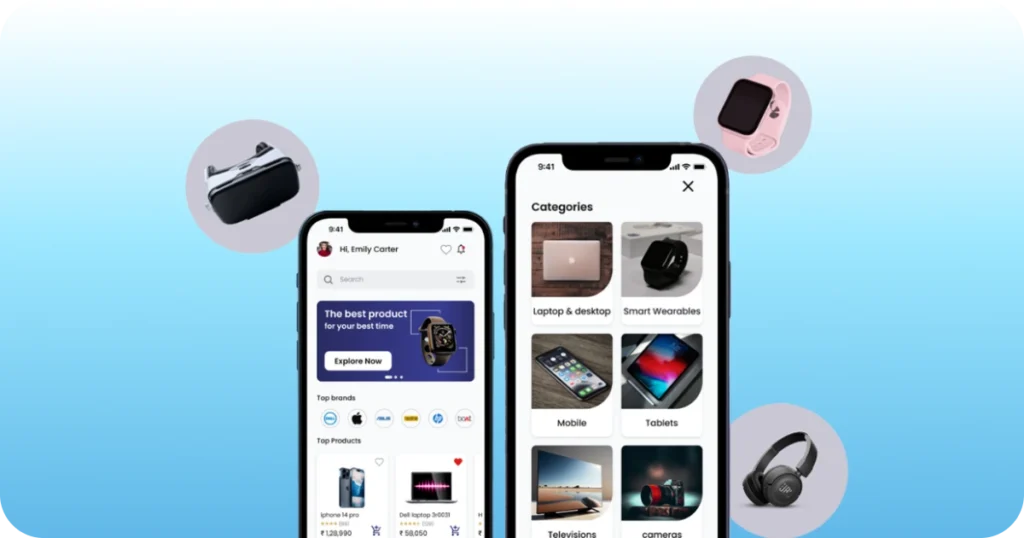A mobile app success way
Many organizations look at their mobile initiatives narrowly. In one part of the business, some develop a very specific mobile application. While others guidance on mobility policy and governance. If you are just beginning to think about implementing a wide-ranging mobile strategy for your company, here are 10 things to consider.
1) Establish mobile objective
A good strategy begins with a good set of objectives, and your mobile objectives must map to your overall organizational goals. Through this, there is a mapping of mobile strategy with the business strategy. Also, you can ignore potential mobile initiatives that become basic check-off that do not drive business value.
2) Identify all potential use cases
Creating a strategy means investing in all those places that mobility will impact your business. The employee-facing initiatives, customer engagement, partners, connected devices, and so on. So, do not leave any stones unturned.
3) Involve stakeholders from across the business
There are some good ideas found within your own business that are leaders and employees in the field. In the discovery process, we recommend involving broader constituents and encouraging ownership. Also, it will increase the chances of company-wide buy-in and success in the long term.
4) Incorporate the customer perspective
Business leaders think they know what the best ideas are for their mobility, and often. The initiatives fail because actual customers are left out of their process. If you want to design your initiatives with your customer or employee in mind, then you need to include them in the discovery and design process from the start.
5) Do not miss innovative ideas
Focus on initiatives that are easy or cheap to deploy or that address immediate pressing needs. For demonstrating their value of mobility, it will quick wins are essential, but truly innovative and transformative concepts can often suffer as a result. Create a space for innovative ideas, such as a mobility lab, that allows for innovation to be explored.
6) Look outside your industry for innovation
Competitors and industry are important, but there are great innovations happening in mobility across multiple sectors. It is almost assured that you would not be truly innovative, just because you are focusing on your own industry. You will identify “me too” mobile initiatives that do not create differentiation.
7) Prioritize–but don’t lose sight of the future vision
You cannot do everything so, mobile gives the opportunity that should be prioritized against a number of key criteria that incorporate the value to the business user requirements, and your organization’s ability to execute. It will provide a set of actions that takes mobile initiatives incorporated into the near-term and mid-term roadmap.
8) Don’t let legacy and bad architecture IT become an excuse?
The biggest single barrier to innovative mobile initiatives is legacy systems and architecture. Mobility is not only just term for designing and developing the app. Part of the overarching strategy is designing and implementing a flexible mobile architecture.
9) Create an integrated roadmap
Your final mobile roadmap should not be limited to just implement mobile apps. Also, there should be an association of architecture, security, analytic dependencies and IT.
10) Establish Mobile Center of Excellence
Responsibility for mobility does not have a home in most companies in marketing owns some of it. IT owns some of it, and other business units think they own parts of it. Additionally, it will provide a coordinated structure that combines the right people, process, and technology.
Source By: #venturebeat




